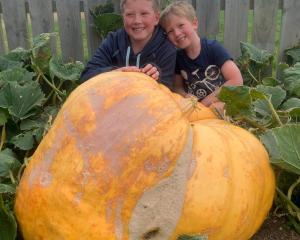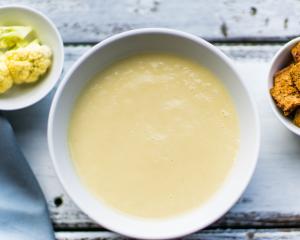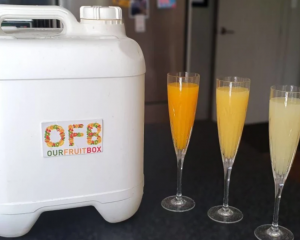Chefs with gardens or gardeners who supply vegetables directly are much to the fore these days, as there is a renewed interest in gardening and especially in growing vegetables.

Not only is it beautifully illustrated, a good read and offers unusual and interesting recipes, but it also deals with humble vegetables such as fresh greens - one of the most primal and vital foods; foraged vegetables such as wild garlic, seaweeds, nettles and mushrooms, and fruits such as blackberries and rosehips; root vegetables such as carrots, parsnips, turnips and beetroot; as well as more exotic ones such as bok choi and artichokes.
It only struck me afterwards that he and his restaurant are vegetarian - but don't let that worry you if you are not.
This book is highly recommended.

Moro East (Ebury, hbk, $80) is the story and recipes from their allotment in the East End.
Coincidentally, as Moro is dedicated to the food of Spain and the Muslim Mediterranean, among other allotment-holders are a community of Turks and Cypriots who cook just that sort of food.
The stylishly produced book includes many of their recipes, using seasonal vegetables they grow.
Unfortunately, the allotment is to be bulldozed to make way for the 2012 Olympics, but I'm sure the Clarks will find another.

It's stylishly produced and lavishly illustrated, as much a coffee-table book as a kitchen bench one.
However, it would be a shame to keep this book out of the kitchen as Malouf's recipes are always inspirational, and he's found plenty of inspiration in Turkey, as he did in Lebanon for his previous book, Saha (2005).

She briefly explains the origins and flavours of more than 40 spices, spice pastes and spice mixes and gives recipes for using them.
Beautifully illustrated, it oozes the exoticism of the intriguing world of star anise, tamarind, ajowan, galingal, and fenugreek, as well as more common spices such as cinnamon, cumin, pepper, mustard and chilli.
Besides the recipes for meats, vegetables, fish and sweet things, there are also numerous recipes for pastes and mixes - chermoula, harissa, sambal oelek, curry pastes of various persuasions, and fragrant blends - berbere, curry powders, garam masala, dukkah, and za'atar.
Keep it on the kitchen bench for ready reference and inspiration.

This book, first published in 2004 as How to cook better, includes not only recipes from this British Michelin-starred chef, but also information on cooking methods and techniques.
It's a useful book, aimed at the serious home cook or young chef.











